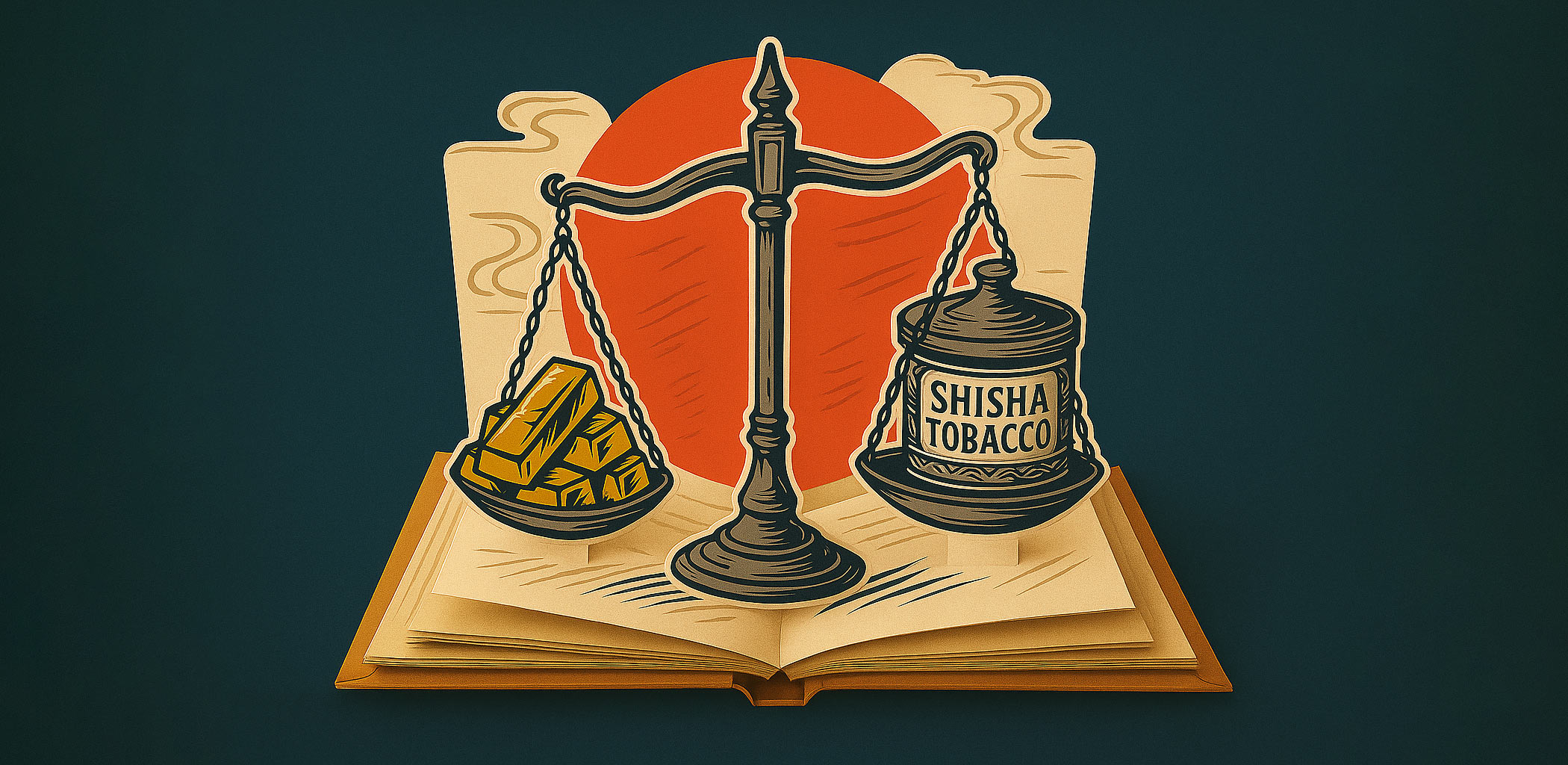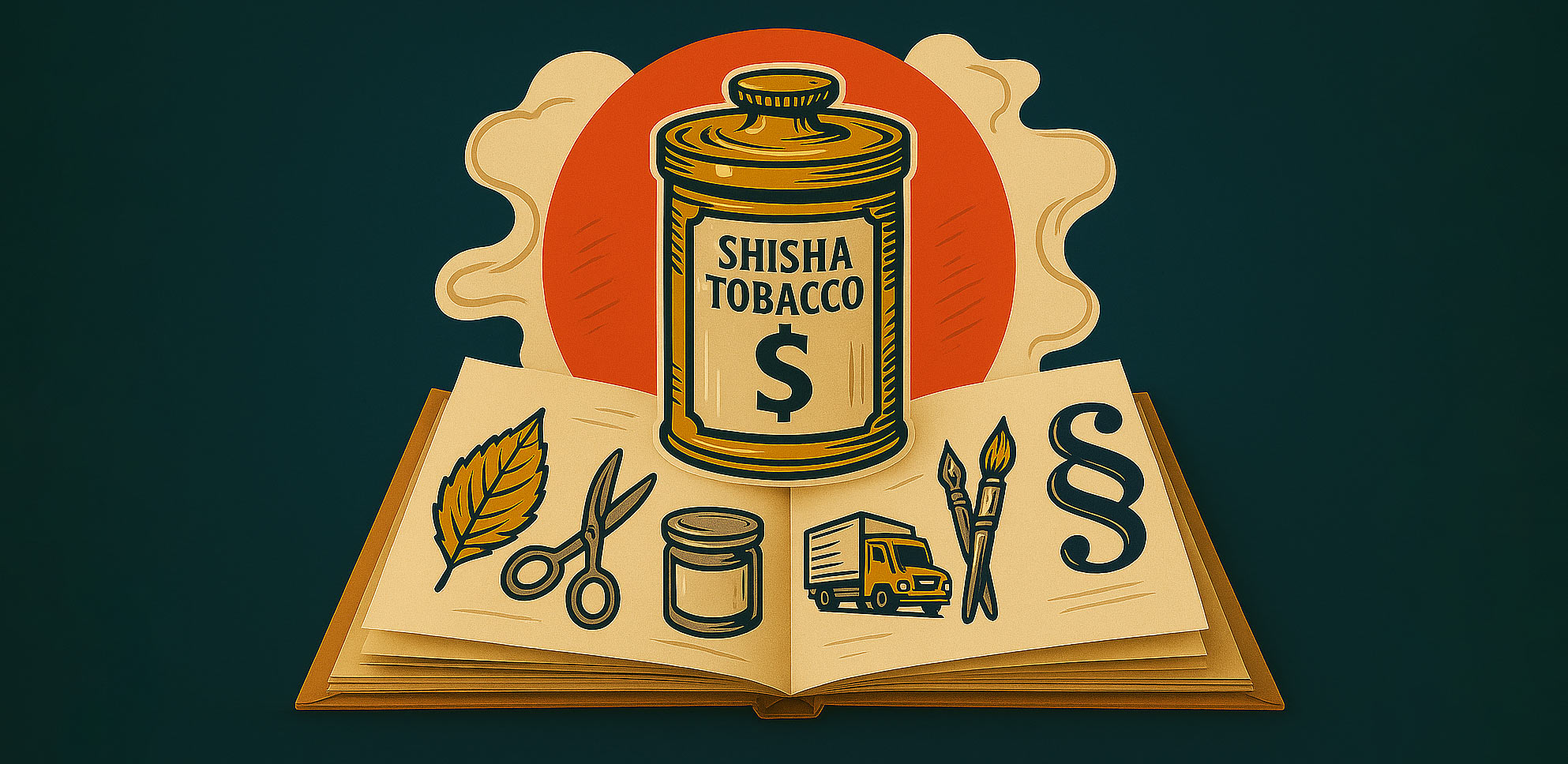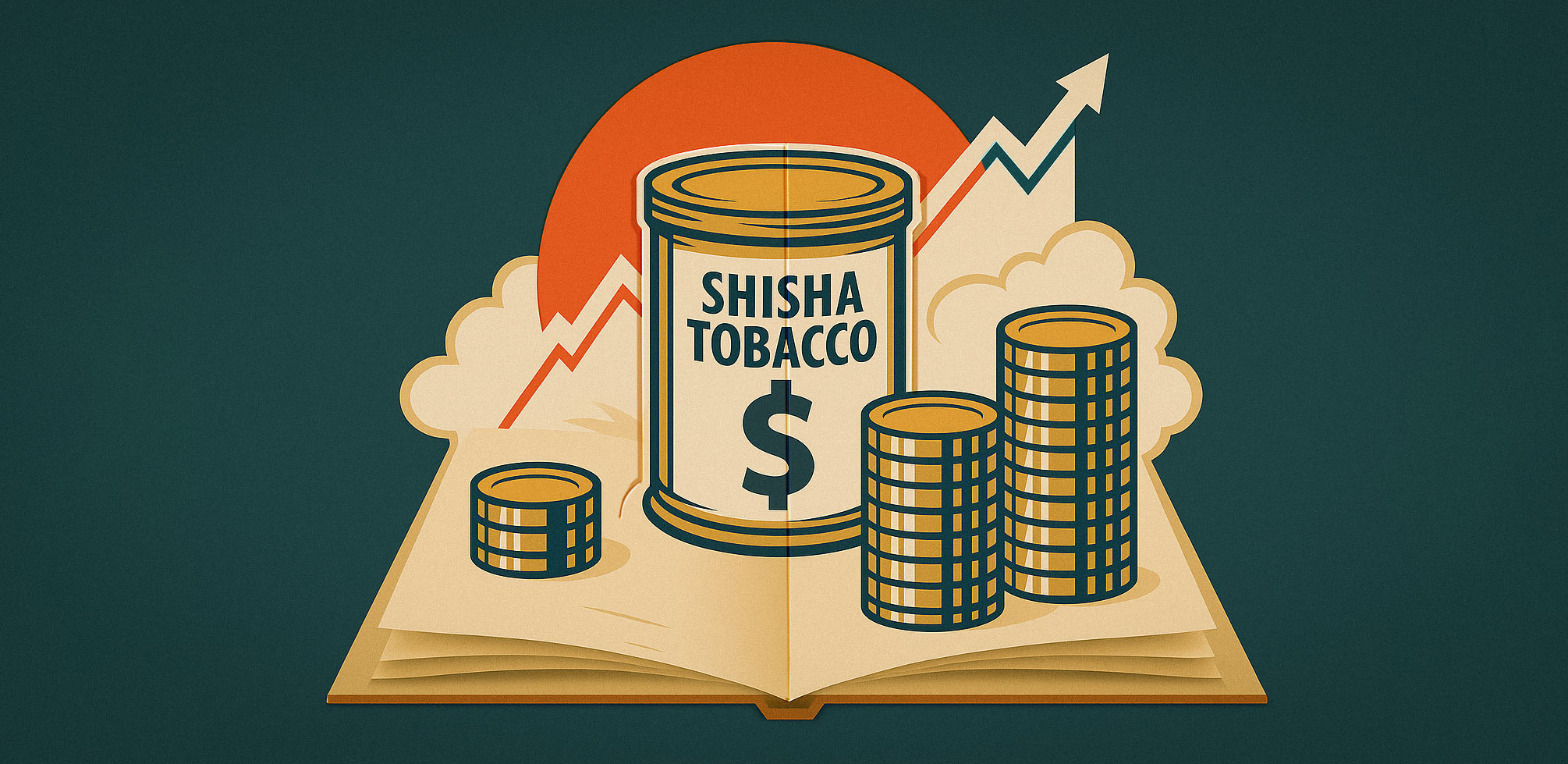-
Our offer is only for you if you are of legal age. Please confirm that you are at least 18 years old to proceed.
Our offer is only for you if you are of legal age. Please confirm that you are at least 18 years old to proceed.
Last updated on 14.10.2025 | Reading time approx. 03:30 min

Hookah smokers notice it with every new tin: water pipe tobacco costs significantly more today than just a few years ago — and that’s no coincidence. Between new taxes, legal regulations such as the 25g law under Christian Lindner, and increasing production requirements, many factors have contributed to a drastic price increase.
In the past, you could still buy 200g tins at moderate prices; then the 25g regulation came into effect, manufacturers had to adjust, packaging became more expensive, and the price per gram skyrocketed. Since the repeal of this rule for private consumers in July 2024, the situation has eased slightly — but many effects remain, and further tobacco tax increases and additional surcharges are expected in the future.

Raw materials, packaging, taxes, and logistics all influence the final price of hookah tobacco.
When you look at the price of hookah tobacco, there’s more involved than meets the eye. Here are the key components:
These components add up — and when one element becomes more expensive due to high demand, it clearly affects every gram.
To curb tax evasion and revenue losses from hookah bars, a change to the tobacco tax law was passed in 2021 and came into force in July 2022 under Finance Minister Christian Lindner. This prohibited the sale of units larger than 25 g to private customers, making it illegal for consumers to purchase hookah tobacco in quantities greater than 25 g.
The 25 g rule (from July 2022) turned the market completely upside down — with severe consequences. Manufacturers had to switch packaging and production. Instead of a few large tins, a much higher number of small tins was suddenly required. Adjustments to machinery as well as increased storage and labor needs were factors that showed up in the final price.
The consequences:
Since this limit was lifted for private customers in July 2024, larger packs like 200 g are permitted again. For hookah bars and wholesalers, however, the regulation still applies. Learn more in our blog post: 200 g hookah tobacco tins are back!.
Taxes are a major part of tobacco pricing:
Example: The price of a 200 g tin of hookah tobacco (€27.90) includes about €11 in tobacco tax and €4.45 in VAT. This means over 50% of the price goes directly to the state.
Another driver is rising costs for raw materials & production:
All of this adds an extra markup.

Planned tax increases will continue to push hookah tobacco prices higher in the future.
Before the 25 g rule, a 200 g tin of Holster or Al Fakher tobacco was available for around €17.90. After the rule took effect, costs rose so much that buying 8 × 25 g often exceeded €30. Today, 200 g tins typically range between €25 and €30.
| Period | Typical prices for 200 g / comparable packs* | Tax/Regulation measures & influencing factors |
|---|---|---|
| Before 2022 | €15.90 – €17.90 | Stable tax rates, no quantity limits, larger packaging common, lower effort per gram. |
| From July 2022 | 8 × 25 g ≈ €32 (equivalent to previous €16–20 / 200 g) | Introduction of the 25 g limit, additional tax, higher packaging and logistics costs. |
| 2023–2024 | €22.90 – €25.00 | Further tax increases, new packaging requirements, rising production costs. |
| From July 2024 | €25 – €30 | Return of 200 g tins, packaging costs fall, taxes remain high. |
| 2025 (expected) | €27 – €30+ | Further tobacco tax hikes, rising raw material costs, high energy costs. |
* Price information based on common brands and varieties (Virginia, classic flavors).
What can we anticipate?
With the lifting of the 25 g rule for private individuals, the market has opened up. Larger packages have returned, which could theoretically have lowered the price per gram. Nevertheless, taxes continue to rise annually, which still drives prices upward overall.
Compared to many other EU countries, hookah tobacco prices in Germany are still relatively moderate — yet the aftereffects of the 25 g regulation and tax increases are clearly noticeable. Pricing results from many factors: raw materials, packaging, taxes, logistics, marketing, and brand image. For the hookah community, this means enjoyment has become more expensive — and that won’t change anytime soon.
You can find a detailed overview in our article on the blog. There you’ll also find further comments and analyses of the industry.
A few years ago, you could buy a 200 g tin of hookah tobacco for around €17 to €20. Today, the average price is just under €27 — and further increases are expected in 2026.
Yes, but only to a small extent. Heat Not Burn products are not in direct economic competition with hookah tobacco, but they matter politically because they are taxed very differently while being discussed in the same debates. This differing classification creates imbalances within the tobacco sector. Many manufacturers and retailers are calling for equal conditions or unified taxation; otherwise, other segments of the tobacco industry enjoy a competitive advantage.
Every increase in tobacco tax has a direct impact: retail prices go up, which burdens consumers. This leads to declining consumption in the legal market — and can partly fuel the black market.
A significant portion of the high price is due to government levies. Over 50% of the retail price goes to the state. Tax revenues from tobacco products are a relevant budget item for policymakers — hence the continual stream of new tax plans.
The hookah tobacco segment is smaller than the cigarette market but is steadily growing. Young adults in particular are discovering the variety of products. However, the segment is heavily regulated, making sales more complex than with classic tobacco products.
News agencies such as dpa regularly report on developments in tobacco prices and tax plans. Politically, hookah tobacco and similar products are often mentioned in the same breath as cigarettes, even though consumer habits and markets differ significantly.
